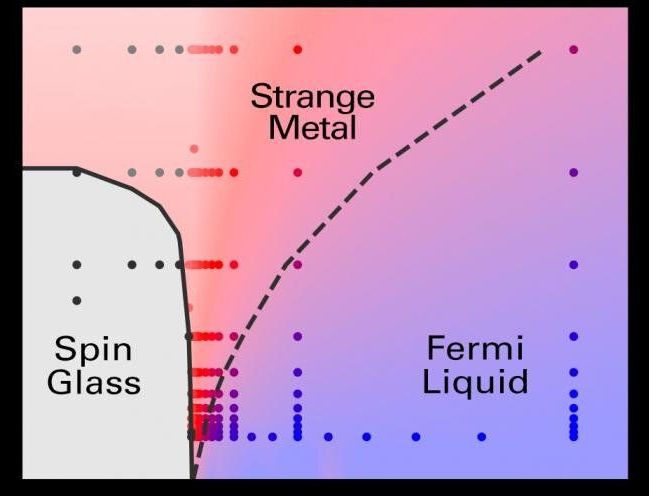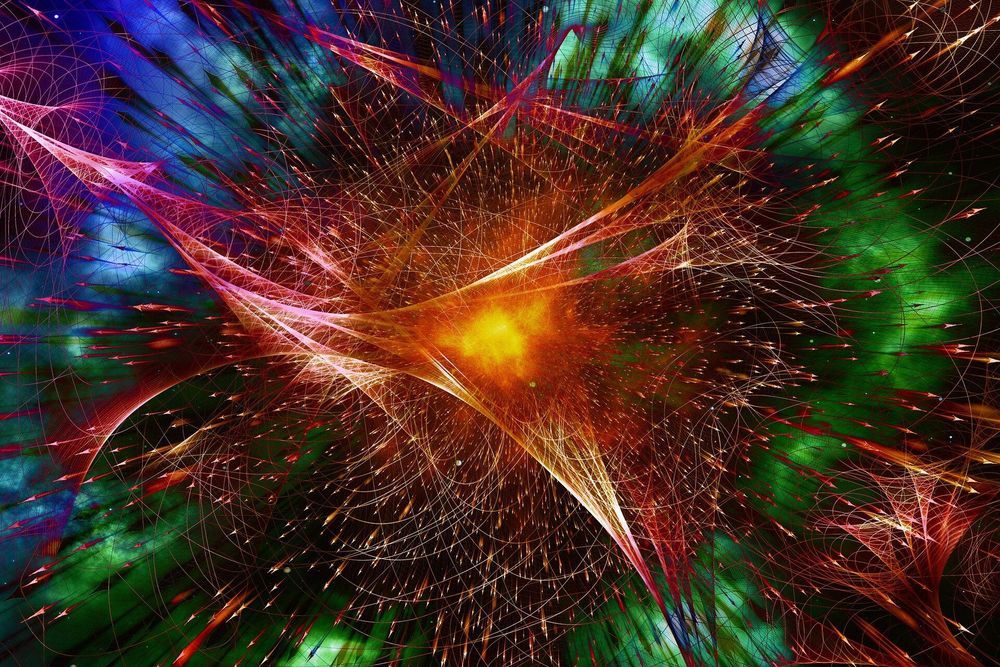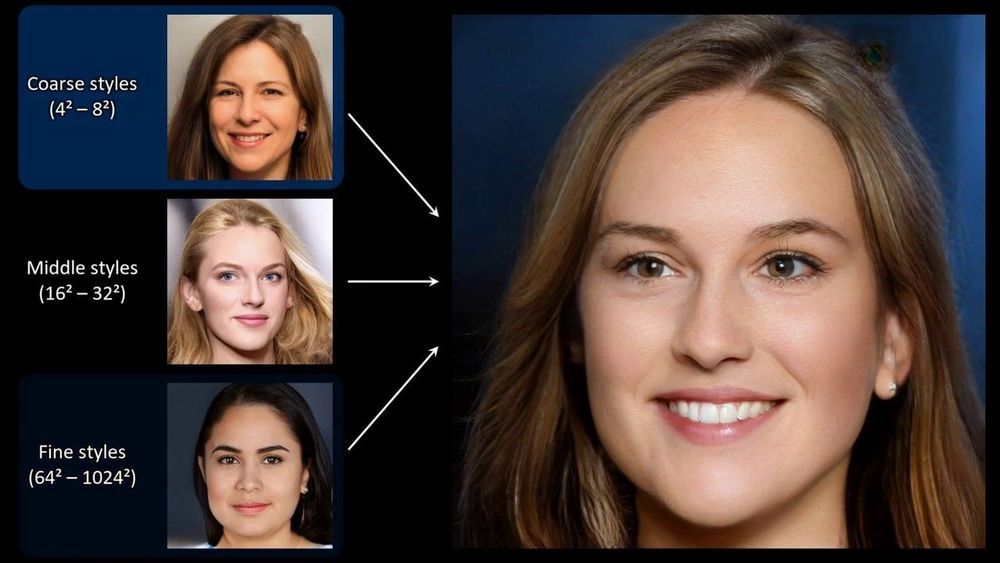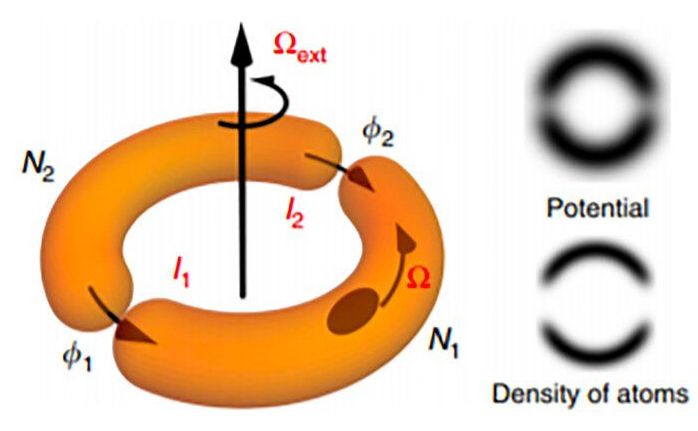Jul 23, 2020
Physicists develop technology to transform information from microwaves to optical light
Posted by Quinn Sena in categories: computing, particle physics, quantum physics, space
Physicists at the University of Alberta have developed technology that can translate data from microwaves to optical light—an advance that has promising applications in the next generation of super-fast quantum computers and secure fiber-optic telecommunications.
“Many quantum computer technologies work in the microwave regime, while many quantum communications channels, such as fiber and satellite, work with optical light,” explained Lindsay LeBlanc, who holds the Canada Research Chair in Ultracold Gasses for Quantum Simulation. “We hope that this platform can be used in the future to transduce quantum signals between these two regimes.”
The new technology works by introducing a strong interaction between microwave radiation and atomic gas. The microwaves are then modulated with an audio signal, encoding information into the microwave. This modulation is passed through the gas atoms, which are then probed with optical light to encode the signal into the light.

















